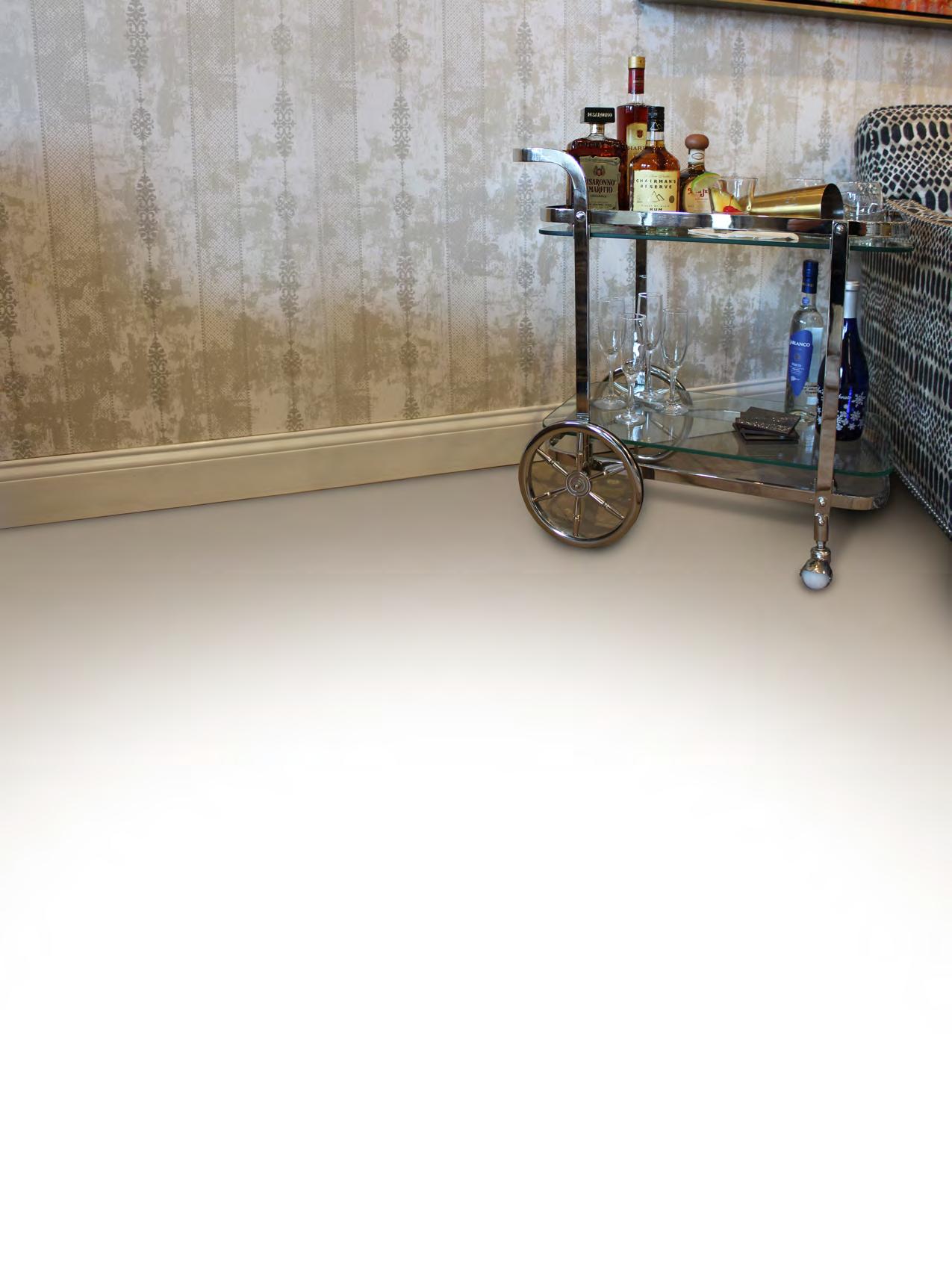
5 minute read
WOMAN AND ADD: THE HIDDEN DISABILITY
What you need to know about attention deficit disorder and how it affects women.
By Kimberly Blaker
According to Sari Solden, in her book Women with Attention Deficit Disorder, “Almost all women find that life today is complex, upsetting or frustrating, but they are still able to meet most of [life’s] demands reasonably well…. For women with untreated Attention Deficit Disorder (ADD), however, the demands of daily life can be crippling. It cripples their self-esteem, their families, their lives, their work and their relationships.”
ADD, also known as Attention-Deficit Hyperactivity Disorder (AD/HD), affects 3-5% of the population. However, adult ADD, especially as it appears in women, often goes unrecognized.
Characteristics of ADD in Women
Some of the many symptoms are more commonly seen in women and are opposite the more recognized symptoms seen in men. This makes detection unlikely and diagnosis difficult. While there is a multitude of characteristics, most women don’t have every symptom. Instead, each woman has a mixture severe enough to impair some areas of life.
Mental vs. Physical Disorganization
Disorganization is typical and often a severe problem for women struggling with ADD. They may be unable to organize their homes, offices or lives. To outsiders, the disorganization isn’t always visible because they may have assistants, secretaries, and cleaning services to assist them. Some ADD women have a partner who compensates for their organizational dysfunction, as well.
Others find clutter and disorganization an incredible distraction. These distractions, coupled with the responsibilities of everyday life, lead to mental disorganization. The disorganized brain struggles to store, weed out and organize logically. For these women, being tidy and organized equals survival.
Hyperactivity vs. Hypoactivity
Women with ADD can be at either end of the spectrum. Hyperactive women may go at full speed until they crash. Family life can suffer with a hyperactive mother who may be unable to sit and play games or read to her children unless she finds the activities stimulating.
Many women with ADD are at the other extreme. They’re hypoactive, unable to muster the energy to do much of anything. These women often can’t keep up with life’s many demands. Maintaining a home, participating in family activities, staying in touch with friends, even holding down a job can be a significant challenge.
Inattention vs. Hyperfocusing
Women with ADD struggle to regulate attention. This doesn’t mean they can never maintain attention. Instead, their ability to focus is based on interest and whether the activity is stimulating. Many women daydreamed through school when they were younger. Yet the subjects or activities they found fun or interesting didn’t pose such a problem. Adult life with ADD is often the same.
Hyperfocusing also poses problems and can coexist with symptoms of inattention. While it may be challenging to focus on some things, a woman may hyperfocus on that which interests her and be unable to shift her attention for hours, days, or longer. Meals may be forgotten, and family members can carry on conversations without being heard, which puts a strain on the family. If a hyperfocused woman manages to break away from what she’s engrossed in, she may wander aimlessly and forget what she’s doing.
Impatience and Impulsivity
Standing in lines, sitting in waiting rooms and being placed on hold for lengthy waits drives some women with
ADD to the brink. Women with ADD may be impatient, either visibly or internally, or act impulsively. Minor nuisances can cause significant agitation. Others can maintain their composure yet still feel anxious and annoyed.
Women with ADD may also be impatient about life and events. A woman may plan her whole education or entire life in one day and need for it to happen immediately. She goes into things full swing rather than step-by-step. As a result, she may have a change of heart after investing time or money or feeling spread too thin, with too many goals to achieve.
Impulsiveness is seen when women with ADD act or speak without thinking. This often leads to trouble by spending impulsively or jumping into relationships or marriage. Some struggle socially, interrupting conversations or blurting things out they later regret.
Mood Shifts
Mood swings, being overemotional or easily frustrated is another problem. For some, it’s like being on an emotional roller coaster. Extreme mood shifts can lead to a misdiagnosis of bipolar disorder, though the two can coexist.
Women with ADD are frustrated by the slightest aggravations. A simple mistake may result in anger, storming off and dropping a task altogether. If interrupted in the midst of something, a woman may become irritable and annoyed.
Depression, although not a symptom of ADD, often coexists or is a result of the disorder. It may stem from a lack of self-worth because she’s unable to keep a job or adequately care for her family. It can also result from not achieving up to potential because of attention problems or the inability to stick with things. Sometimes, it comes from feeling overwhelmed.
The Cause of ADD + Misdiagnosis
Research indicates ADD is a neurobiological disorder with a strong genetic link. According to the nonprofit organization Children and Adults with Attention DeficitHyperactivity Disorder (CHADD), complications during pregnancy, labor and delivery; exposure to nicotine or alcohol during fetal development; or other environmental factors may play a role in the development of ADD.
Studies show the incidence of ADD in men and women is nearly identical, says Kathleen Nadeau, Ph.D., co-author of Understanding Women with AD/HD. However, doctors often diagnose the depression that accompanies ADD in women but miss the ADD itself. Women, more often than men, have coexisting anxiety and depression, which must be treated as well.
Also, women who are more hyperactive, hyper talkative and impulsive are sometimes misdiagnosed with bipolar disorder. Many doctors still look for signs of ADD more typical of boys. They fail to understand that ADD symptoms in females often don’t appear until puberty or later because of hormonal fluctuations. When girls enter adolescence, during PMS and as estrogen levels drop in perimenopause and menopause, the symptoms of ADD often worsen. Also, girls tend to try harder in school, so their ADD patterns are often overlooked by teachers.
Treatment Options
The most effective treatment for ADD is prescription medication. There’s a multitude of stimulant and non-stimulant drugs available.
Behavioral therapy is also beneficial for coming to terms with the lifelong disorder and relieving negative coping behaviors. Coaching is useful for learning new strategies for structuring life. Because ADD is neurobiological, therapy and coaching work best in conjunction with medication.
An accurate diagnosis and appropriate treatment are essential. Finding a qualified provider isn’t easy because adult ADD, particularly as it affects women, isn’t always recognized. Before seeking a diagnosis, read some recommended books for a better understanding of the disorder and the diagnosis and treatment process. Then, compile a list of questions to ask your provider. If you don’t feel comfortable with a physician’s responses, seek help elsewhere.










